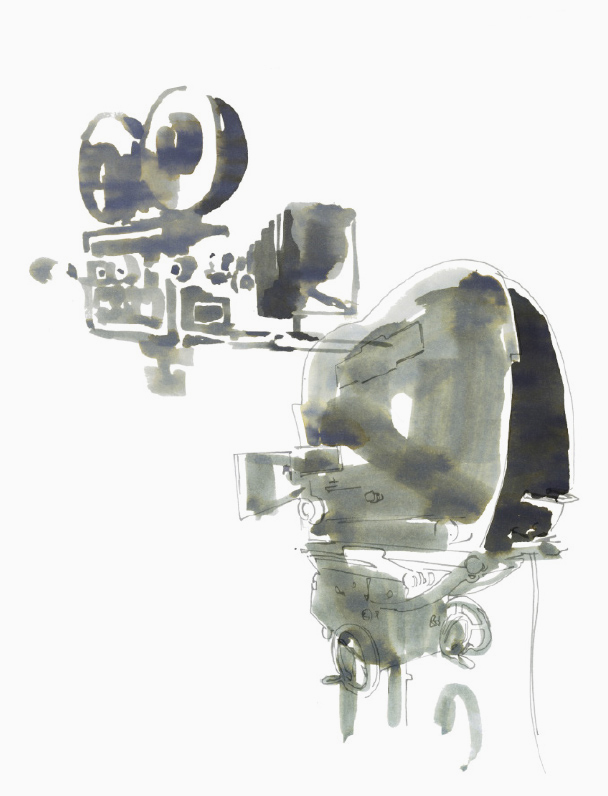

MONROE STAHR
Monroe Stahr, a producer at Brady-American Studios, is devoted to film as art. He values creativity, dedication, and excellence, and resists anything that might compromise his artistic vision.
MONROE STAHR
Monroe Stahr, a producer at Brady-American Studios, is devoted to film as art. He values creativity, dedication, and excellence, and resists anything that might compromise his artistic vision.

CELIA BRADY
Celia Brady, Pat Brady's daughter, is an eager young woman who is capable of far more than everyone around her thinks. Despite her father's reservations, she begins building a career in film.
CELIA BRADY
Celia Brady, Pat Brady's daughter, is an eager young woman who is capable of far more than everyone around her thinks. Despite her father's reservations, she begins building a career in film.

PAT BRADY
Pat Brady is head of Brady-American Studios and Stahr's boss. For Brady, filmmaking isn't an art: it's a business. In the shadow of the Great Depression, his chief concern is keeping the studio afloat.
PAT BRADY
Pat Brady is head of Brady-American Studios and Stahr's boss. For Brady, filmmaking isn't an art: it's a business. In the shadow of the Great Depression, his chief concern is keeping the studio afloat.

ON SET
Most Hollywood films were made without leaving the confines of the studio. Movies were shot on soundstages and on the backlot, where elaborate sets transported audiences as far afield as the South Seas and Imperial Rome.
ON SET
Most Hollywood films were made without leaving the confines of the studio. Movies were shot on soundstages and on the backlot, where elaborate sets transported audiences as far afield as the South Seas and Imperial Rome.

THE ART OF PRODUCTION
Producers like Stahr shepherded films from script to set to sneak preview and certain names became seals of quality. They assigned actors to movies, carefully sculpting star images and nurturing careers.
THE ART OF PRODUCTION
Producers like Stahr shepherded films from script to set to sneak preview and certain names became seals of quality. They assigned actors to movies, carefully sculpting star images and nurturing careers.

MOVIE IDOLS
Hollywood's Golden Age was also the heyday of the star system. Young hopefuls received lessons in acting, dancing, and speaking and contracts attached them to specific studios for years at a time.
MOVIE IDOLS
Hollywood's Golden Age was also the heyday of the star system. Young hopefuls received lessons in acting, dancing, and speaking and contracts attached them to specific studios for years at a time.

ART & COMMERCE
Audiences struggling with the Great Depression turned to the silver screen to escape. Hollywood responded with elaborate musicals, glamorous Broadway adaptations, and fast-paced screwball comedies.
ART & COMMERCE
Audiences struggling with the Great Depression turned to the silver screen to escape. Hollywood responded with elaborate musicals, glamorous Broadway adaptations, and fast-paced screwball comedies.

CELIA BRADY
Celia stands very much alone. Despite pioneers like Mary Pickford and Lois Weber, actresses who each opened their own production companies, female producers in 1930s Hollywood were few and far between.
CELIA BRADY
Celia stands very much alone. Despite pioneers like Mary Pickford and Lois Weber, actresses who each opened their own production companies, female producers in 1930s Hollywood were few and far between.

